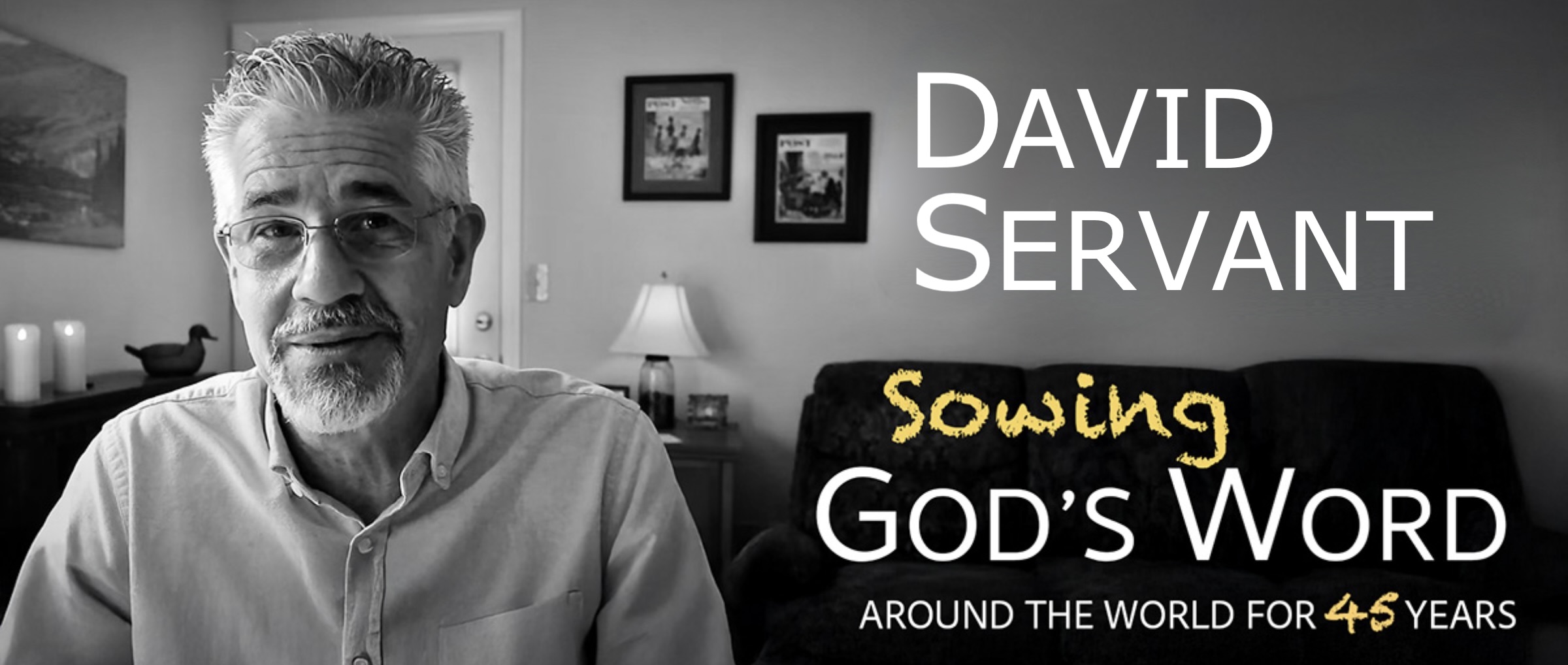Both Jesus and the angels who appeared to various women on the first Easter morning had told them to tell Jesus’ disciples to go to Galilee. There He would appear to them. However, because virtually none of the disciples believed the report of the women, none of them left Jerusalem for Galilee. Jesus was going to have to convince them personally that He had risen from the dead.
So Jesus appeared to Peter, although we don’t know any details of that appearance. Next, He appeared to two of His disciples as they journeyed to Emmaus, a village about seven miles from Jerusalem. God prevented them from recognizing Him at first, and Jesus pretended not to know anything about what had happened in Jerusalem over the past few days. They expressed their sadness about Jesus’ death, explaining that they had hoped He was the Messiah, and were wondering about the reports of His resurrection. Finally, quoting many scriptures, Jesus explained to them that the Old Testament had predicted the Messiah would suffer just as He had, and that He would be resurrected. How privileged they were to be a part of that Bible study! It began to dawn on them that the reports they’d heard about His resurrection had to be true, because that was what God had foretold.
The moment God opened the eyes of the two disciples to realize that it was Jesus who was with them, He disappeared. Filled with joy, they hurried back to Jerusalem to tell the eleven disciples and other followers of Jesus what had happened. When they arrived, they were immediately told that Jesus had appeared to Peter! As they related their experience, Jesus appeared to them all!
Jesus’ appearances were not visions, or just pictures in the people’s minds. Jesus was actually present physically when He made His appearances. He was able to appear and disappear at will and travel from place to place instantly and invisibly.
When Jesus appeared to all His disciples, it frightened them terribly because they thought they were seeing a spirit or ghost. But Jesus proved to them that He really was there in a physical body by allowing them to touch Him, and by eating a piece of fish in their presence. When they realized it was really Jesus, they were elated!
Thomas was not present at that gathering, and when he heard the report, he became suspicious that someone who was impersonating Jesus had deceived his friends. How did they know it was really Jesus they had seen? Two of the disciples spent several hours with Him without recognizing Him. Perhaps it was someone who just looked very much like Jesus.
They probably told him that they were sure it was Jesus because He showed them the nail prints in His hands and the wound in His side. So Thomas stated that he would not believe Jesus was alive unless four conditions were met. First, he had to see Jesus for himself. Second, he had to see the nail marks in His hands. Third, to be certain those nail marks weren’t just painted on His skin, he had to put his finger in the holes. Finally, to be sure the wound in Jesus’ side wasn’t also just the work of an artist, he had to put his hand in the spear hole.
The next time Jesus appeared to His disciples, Thomas was with them, and for several reasons he was immediately convinced that Jesus was alive. First, the doors were all locked, so there was no way for an impersonator to gain entrance. Second, Jesus suddenly appeared right in their midst. He didn’t walk in from another room. He was suddenly there. Third, Jesus instructed Thomas to put his finger in the nail holes and his hand in the wound in His side. If He was an impersonator, He was collaborating with the other disciples, because at least one had informed Him of Thomas’s previous words. Otherwise, this person was obviously the all-knowing Lord.
The evidence was overwhelming, and Thomas confessed that Jesus was his Lord and God.
Q. Thomas has been nicknamed “Doubting Thomas” for obvious reasons. However, was Thomas any more a doubter than the rest of the disciples?
A. Not really. The biblical record indicates that none of the eleven, with the exception of John, believed the women’s reports of Jesus’ resurrection, and John believed only because he personally saw the empty cocoon of Jesus’ body wrappings. Furthermore, John recorded that when Jesus first appeared to all the disciples, He showed them the wounds in His hands and side, an obvious attempt to convince them that it was really He they were seeing (see John 20:20). So it’s really unfair to label only Thomas as one who doubted.
Q. Is there any reason to be glad that Jesus’ disciples were so doubtful?
A. Yes. Their skepticism provides fuel for our faith. Because we know they weren’t easily convinced, we are all the more certain that their testimony of Jesus’ resurrection is the truth.
![]() Application: Jesus promised, “Blessed are those who haven’t seen me and believe anyway” (John 20:29). Although we, unlike Thomas and the rest of Jesus’ original disciples, haven’t actually seen Him after His resurrection, our faith can rest firmly in the testimonies of those who have seen Him, especially since we know that they weren’t easily convinced themselves. We’re blessed!
Application: Jesus promised, “Blessed are those who haven’t seen me and believe anyway” (John 20:29). Although we, unlike Thomas and the rest of Jesus’ original disciples, haven’t actually seen Him after His resurrection, our faith can rest firmly in the testimonies of those who have seen Him, especially since we know that they weren’t easily convinced themselves. We’re blessed!



